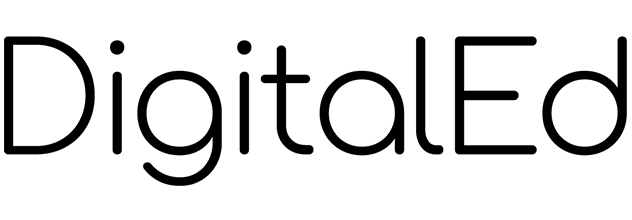New technologies can free up faculty time and deliver more collaborative learning and personalised activities to STEM students
Embedding digital tools into STEM teaching creates more authentic learning and assessment, and can change classroom culture so students feel empowered to develop ideas.
A Times Higher Education round table, held in partnership with DigitalEd, asked a panel of experts and decision makers from higher education how learning and development in STEM education is evolving.
Chair Ashton Wenborn, special projects deputy editor at Times Higher Education, said the mass adoption of digital learning brought about by the pandemic had provided students and institutions with some advantages, particularly in STEM education. She asked what the advantages of digital learning were for STEM subjects.
Joel Haddley, lecturer in mathematical sciences at the University of Liverpool, said digital learning had enabled the development of activities personalised to the student’s ability.
“Digital learning and digital assessment go hand in hand and I think a lot of the digital tools we’ve got now blur the distinction between learning and assessment,” Haddley said. “It’s assessment that includes a feedback loop.”
He said digital tools also allowed a “more authentic way of learning”. “In most research and in most jobs you’re not judged on an attempt that you make in a one or two-hour window,” Haddley said. “It’s more collaborative, it’s more iterative.”
Amy Kimchuk, senior lecturer of mathematics at the University of the Sciences, said there were advantages and disadvantages in moving to digital learning for STEM subjects. She said one benefit was the ability for lecturers to create their own learning activities.
“Whereas before I had to rely on programmers to develop things, I can create my own stuff and I can write questions. I can dig a little deeper and personalise it,” Kimchuk said. “We can now gear questions towards [the student’s] major and show them not just how to do the problems, but why they’re doing these things and what they really need to learn.”
The panellists agreed faculty needed to be given time to upskill and enhance their use of digital learning tools. Louise Krmpotic, vice-president of enterprise services at DigitalEd, suggested one way to do this was through using a course shell, giving instructors more time to focus on specific areas.
“If you’re teaching a calculus course, there are certain topics you’re going to cover,” she said. “And providing some content already prebuilt within the package allows instructors to adopt some of that and spend their time on the areas that they know they want to enhance. Or where they have specific applications that they want to build into the platform.”
Sibel Erduran, professor of science education at the department of education at University of Oxford, said digital technologies were “exposing thinking and learning”.
“Historically, we’ve emphasised accurate information in STEM in the form of our knowledge, as opposed to knowledge that is in the making and the production of knowledge,” she said. “We see science on display in the public media now where scientists feel completely comfortable about saying, ‘well, we don’t know this yet. We don’t have that knowledge yet’.
“I think it’s that change of culture in the classroom to empower students to be able to not be so worried about having the correct answer just yet, but being open to revising and developing their ideas.”
The panel:
- Sibel Erduran, professor of science education at the department of education, University of Oxford
- Joel Haddley, lecturer in mathematical sciences, The University of Liverpool
- Amy Kimchuk, senior lecturer of mathematics, University of the Sciences
- Louise Krmpotic, vice-president of enterprise services, DigitalEd
- Ashton Wenborn, special projects deputy editor, Times Higher Education (chair)
Watch the webinar on demand above or on the THE Connect YouTube channel.
Find out more about DigitalEd.


